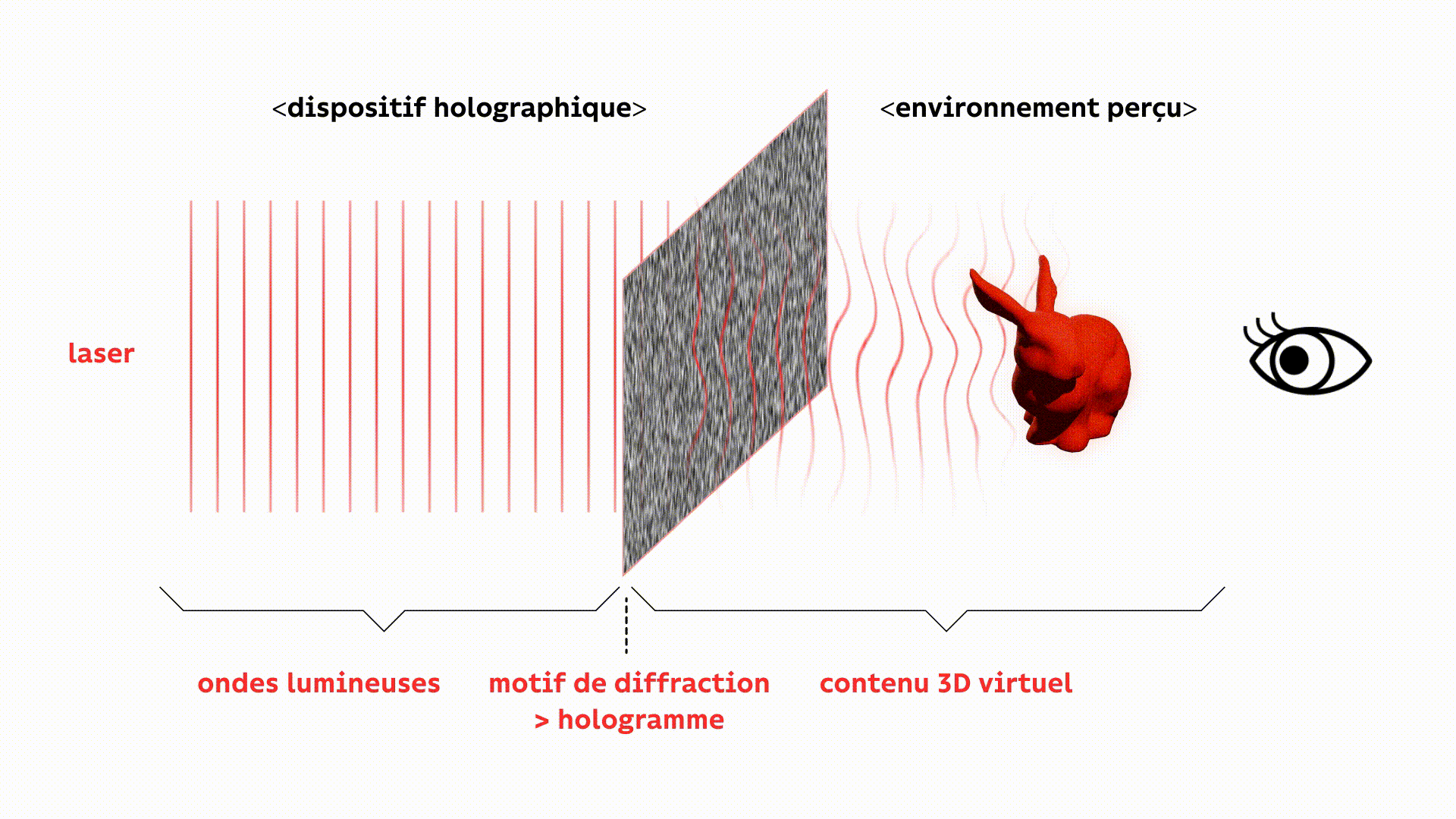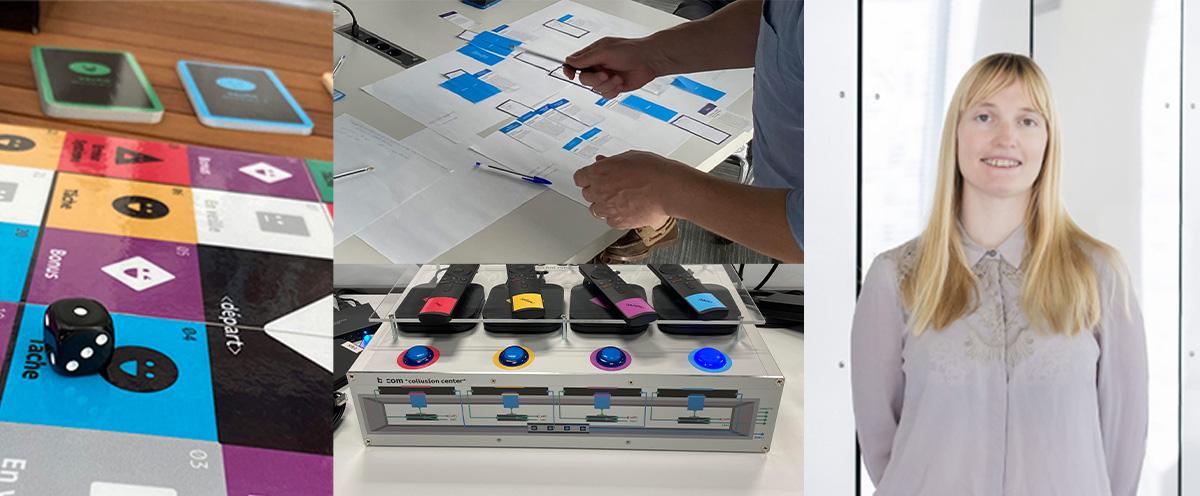"By putting people at the center of thinking, design improves the quality of experience, makes interactions between users and products more intuitive, and optimizes resources. This expertise facilitates innovation and contributes to business success". Agnès Vanlerenberghe, designer at b<>com, explains why design and innovation go hand in hand.
How is design a pillar of corporate strategy?
Design and innovation are closely linked. Products are becoming increasingly complex: they are interactive, embedded with technology, and often with a service that revolves around them, which means that the pace of innovation is accelerating. Design fuels innovation by differentiating through use, intuitiveness, and emotion. The added value of design is innovation through use. A strong idea will have more impact on a market than designing a product solely around a price or technical specification.
This McKinsey study on the commercial value of design explains that a well-mastered design approach can increase a company's revenues by 32% and deliver an ROI of up to 56% for shareholders!
Shorter development times, rapid prototyping methods, optimized user testing: design also makes companies more resilient. According to this Newflux study on UX design, design methods can halve the development time required for a project.
How do design and technological innovation interact at b<>com?
Since b<>com beginning, design has been an integral part of our innovation strategy. L'Ecole de Design de Nantes has been involved in several of our research projects. And we have exchanges with Eclozr in Rennes, the Design Institute in St-Malo, ENSCI, and Strate in Paris.
The challenge has been to inspire a design culture among our researchers. We had to get them to adopt a new perspective on technological solutions, think differently, and come to terms with how things were used right from the start of their research projects. The design makes the internal organization more fluid and encourages cross-disciplinary skills and collaboration between labs and teams.
We have set up b<>com *Ideas*, a tool that harnesses design methodologies to boost creativity, which we use upstream of the project set-up process. It facilitates the ideation phase and the projection of applications right from the early design stages. This methodology integrates responsible innovation as a source of creativity as much as a constraint.
Design is also about formalizing ideas graphically. I can project applications or illustrate invisible technological principles, such as how a network or algorithm works. The expertise page on holography is a perfect example. To do this, I use many tools: graphics, video, motion design, prototyping, serious games, scenography, design fiction...

Creative stimulation workshops, games to provide a joint knowledge base, and more accessible technologies: design goes hand in hand with innovation.
Can you give us a few examples of trends in use?
- The digital twin, coupled with immersive design, is a virtual clone of a city to anticipate crises or simulate one's impact on the environment to responsibly guide development. If you've read Philip K. Dick's Minority Report, you'll understand what I mean. Steven Spielberg surrounded himself with the greatest thinkers in science and technology to help him imagine future cities. In this vein, we've created an <x>experience zone to test prospective scenarios. You can discover one of our artifacts: "community management" on a local scale, which enables city administrators to monitor sensors in real time, manage the city's local currency, and recommend citizen projects.
- Generative AI for design will change the way designers work. It will make it possible to personalize user experiences by quickly assessing their needs and gathering data to create more intuitive products or services and foster collaboration and exchange between designers.
- Algorithm transparency: more and more products and services use algorithms to pre-select the information presented to users. It is essential to know how they are designed, to make them explainable to as many people as possible, and to avoid a "black box" phenomenon when an AI delivers a result. Properly used, AI could address inclusivity and inspire confidence in users, which would facilitate product adoption. This is the case with voice interfaces such as VoiceOver or Talkback or interfaces designed for the visually impaired, such as Microsoft's Seeing, which identifies objects in the surrounding environment.
- The frugality of functionality, "less is more," is an old concept that allows us to get down to basics, both in terms of a concept's impact on a market and the desire to be frugal and efficient.






